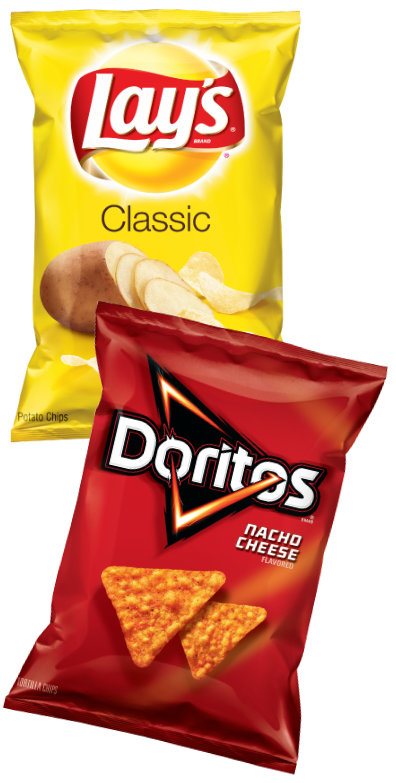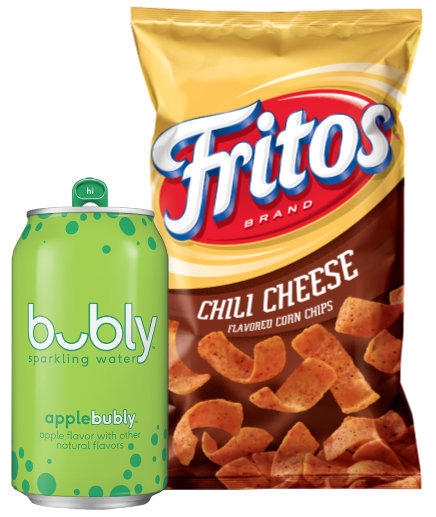PURCHASE, N.Y. — From a total company perspective, PepsiCo, Inc. reported positive first-quarter results. Net income and sales both were up despite inflationary pressures. But overshadowing the news was the performance of the company’s North America Beverage business, which is still struggling.
Net income for the quarter ended March 24 rose 2% to $1,353 million, equal to 94c per share on the common stock, compared with the same period of the previous year. Sales for the quarter rose 4% to $12,562 million.
“The majority of our businesses performed very well in the quarter, excluding our North America Beverage division,” said Indra K. Nooyi, chairman and chief executive officer, during a conference call with financial analysts April 26. “In fact, excluding N.A.B., the company generated 4.6% organic revenue growth and 7% core operating profit growth when excluding the one-time frontline bonus. However, our North American Beverages sector continues to work through some challenges.”
The company’s businesses in Latin America; Europe and sub-Saharan Africa; and Asia, the Middle East and North Africa saw operating incomes rise 42%, 23% and 10%, respectively. Each business unit also experienced a sales lift, with Latin America seeing sales rise 14%, Europe and sub-Saharan Africa 15%, and Asia, the Middle East and Africa up 7%.
 Operating income for Frito-Lay North America was flat compared with the same period of the previous year at $1,050 million. Sales rose 3%. The Quaker Foods North America business’ operating income fell 5% to $155 million and sales were flat at $601 million.
Operating income for Frito-Lay North America was flat compared with the same period of the previous year at $1,050 million. Sales rose 3%. The Quaker Foods North America business’ operating income fell 5% to $155 million and sales were flat at $601 million.
For beverage business, the company’s largest business unit measured by quarterly sales, operating income fell 23% to $388 million and sales for the quarter fell 1% to $4,415 million when compared with the first quarter of fiscal 2017.
During the conference call, Ms. Nooyi listed a litany of initiatives PepsiCo has undertaken to improve N.A.B. performance, including shifting product mix to faster sub-categories, establishing leadership positions in non-carbonated product categories, reconfiguring the supply chain to manage increased complexity, investing in systems that offer food service customers customized options, revamping the business unit’s research and development efforts.
“We believe our strategy is sound and is positioning us well for the future,” she said. “So, what is the issue? Simply put, while most parts of the business are performing well, recent losses in cola market share in North America have led to subpar top-line and bottom-line performance over the past three quarters.”
One of the answers, Ms. Nooyi said, is for N.A.B. to develop a more effective marketing and media strategy.
“To address this, we have allocated increased media to trademark Pepsi,” she said. “And we have tightened and elevated our brand communication, beginning with the launch of our new Pepsi Generations campaign. The campaign supports all the brands under the trademark Pepsi umbrella, and this will enable us to more effectively leverage the media investment across our full Pepsi portfolio. Importantly, we plan to substantially and sustainably support the campaign throughout the year, while remaining disciplined on pricing.”
She added that beyond the actions she described, management is considering “all available options” to drive greater shareholder value from N.A.B.
The statement caught the attention of securities analysts on the call, and they repeatedly pressed Ms. Nooyi to better define what she meant by “all available options.” She emphasized that PepsiCo has a global beverage business, and the only component struggling is its North America unit. She added that the combined snacks and beverage portfolios also synergistically help the company when working with retailers and food service operators.
 “The key thing is this is a business that's highly competitive in North America,” Ms. Nooyi said. “There’s no question about it. It's a big business. It's a profitable business. Is it the same profile with salty snacks? No. But it generates a lot of U.S. cash, in the mid-teens profitability. I think that's a very, very attractive business in the staple space. And it gives you enormous clout with retailers because the velocity of these categories are phenomenal.
“The key thing is this is a business that's highly competitive in North America,” Ms. Nooyi said. “There’s no question about it. It's a big business. It's a profitable business. Is it the same profile with salty snacks? No. But it generates a lot of U.S. cash, in the mid-teens profitability. I think that's a very, very attractive business in the staple space. And it gives you enormous clout with retailers because the velocity of these categories are phenomenal.
“And I will tell you one thing, anybody who's in the beverage business always wants to be in the salty snack business. And anybody who’s in the salty snack business always wishes they had a beverage partner because you can't have a salty snack without a beverage. So, we have the combination together. We just have to keep making sure that our portfolio works, and that's what we are doing.”
Hugh F. Johnston, PepsiCo’s chief financial officer, said the company’s fiscal 2018 outlook remains unchanged.
“… We expect organic revenue growth at least in line with our 2017 growth rate or 2.3%,” he said. “As we move through the year, our expectation is that we will continue to see some level of gross margin compression from inflationary input costs.”
From a macro perspective, Mr. Johnston said global economic conditions remain positive, with G.D.P. in developed markets stable and accelerating in emerging markets.
“From an industry standpoint, we continue to see pretty challenging conditions, including dynamic retail and consumer landscapes, a very competitive environment, some currency volatility, most recently in the Mexican peso, Russian ruble, Turkish lira and Brazilian real, and commodity inflation,” he said. “As Indra mentioned, within our businesses, the majority of our divisions are performing well, and we expect N.A.B.’s results to improve as the year progresses.”




